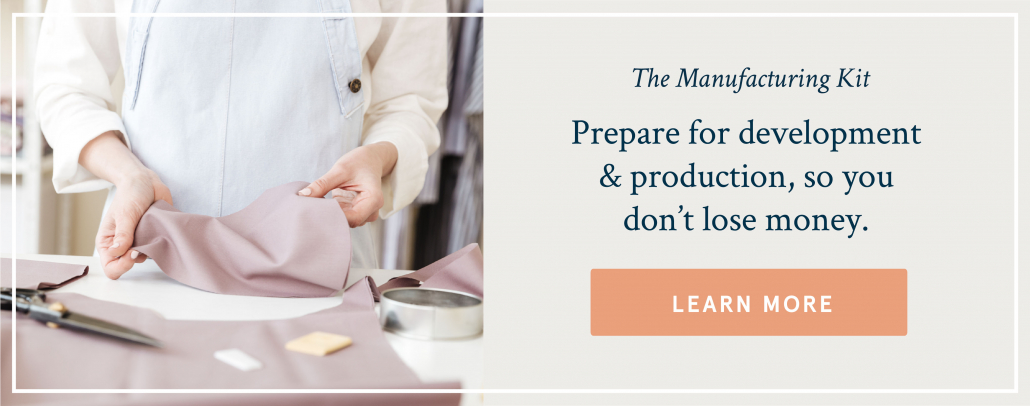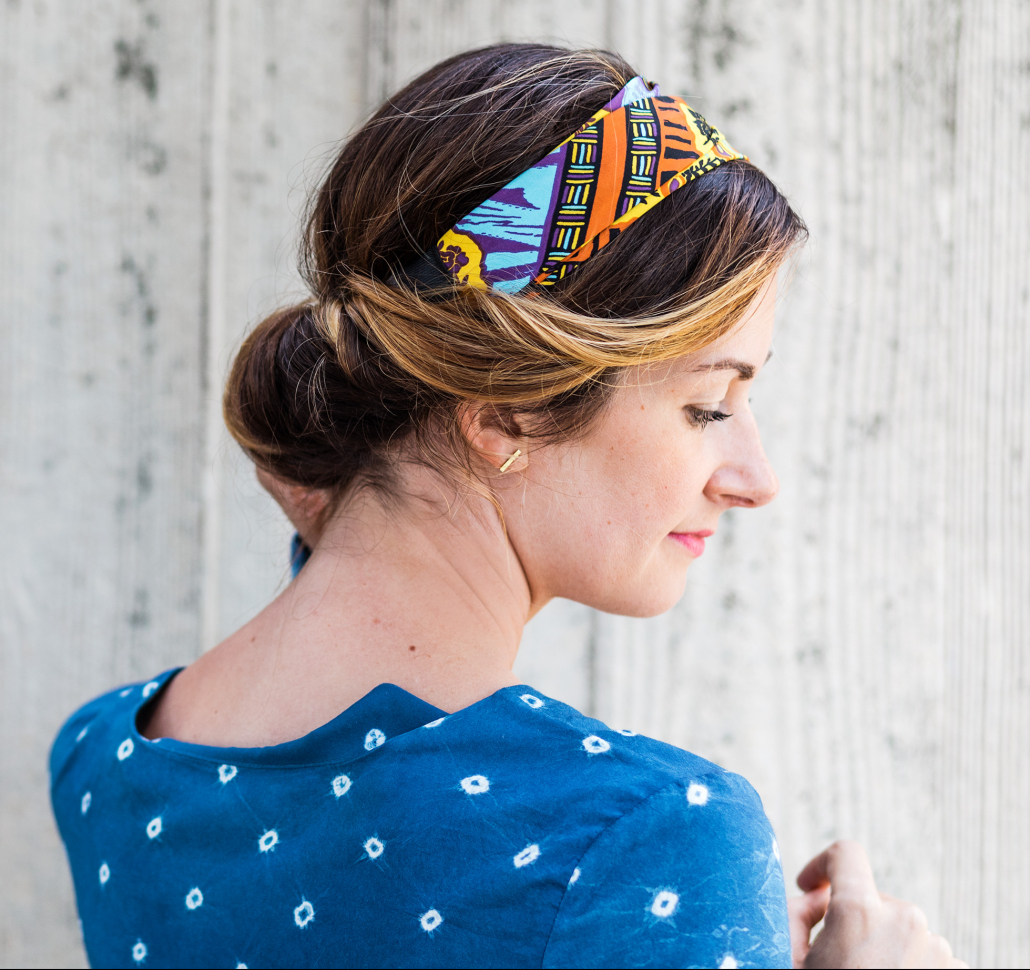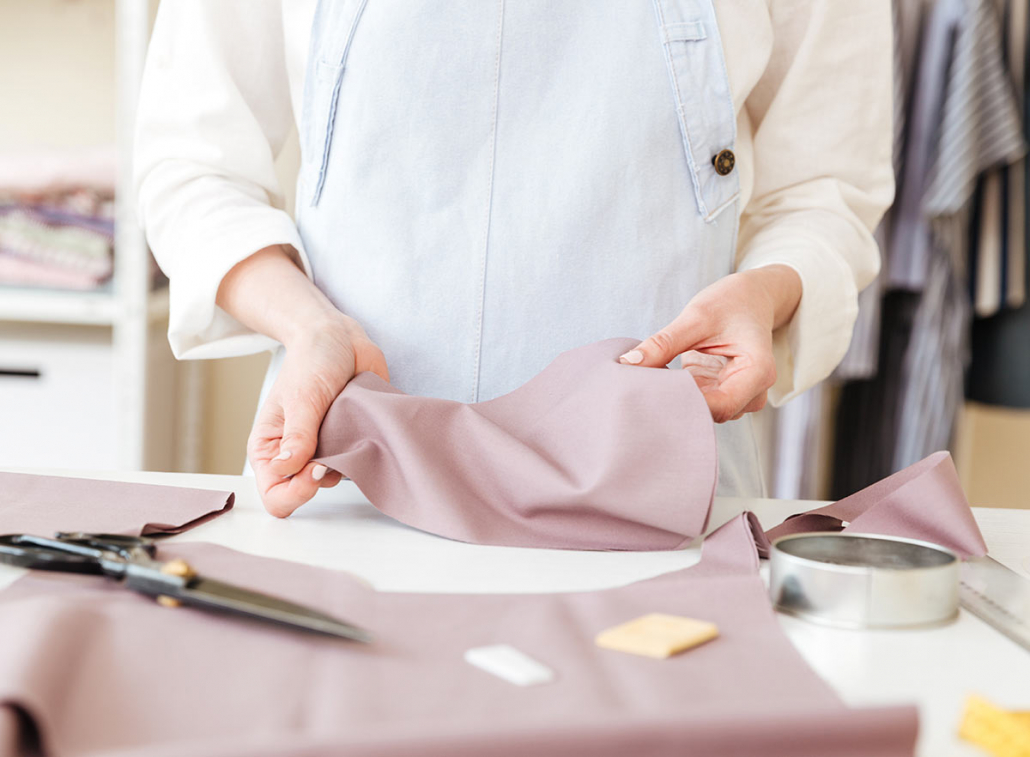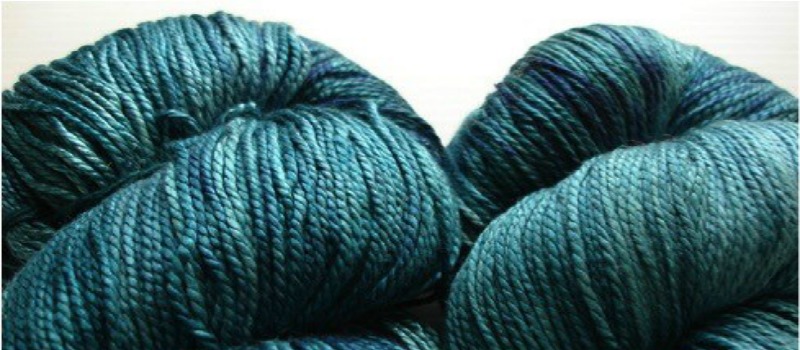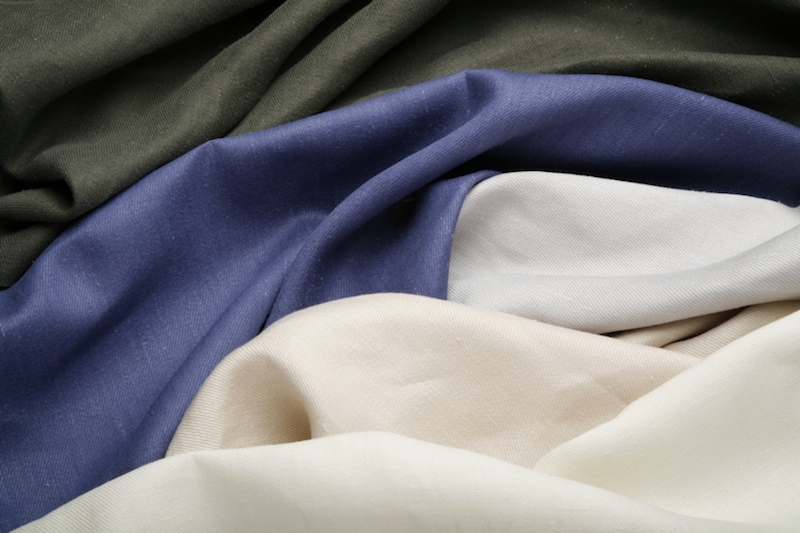What I’m about to tell you is going to sound completely counterintuitive but I swear to you, it is a big reason I’m still in business.
And it applies to virtually every startup — whether it’s physical products, online products, a service-based business, a subscription business, etc.
Start niche.
In other words, narrow down your audience to a very specific type of person, or a very specific type of product — or ideally, both.
I know, I know, why wouldn’t you want to broaden your audience and products to sell to as many people as you possibly can?
Because if you try to appeal to everyone, you’ll end up appealing to no one.
Broad does not equal better, and I’ve written about why appealing to less people will result in more sales before here.
One of the best things I did in 2014 when I launched Factory45 for the first time was narrow down my niche to “sustainable fashion made in the USA.”
I didn’t try to appeal to every single person on the planet who wanted to start a fashion brand.
There were already other general fashion accelerator programs out there, and I probably would have been swallowed up.
It worked in my favor that I was only interested in sustainable and ethical fashion, and it allowed me to attract the type of people that shared my same ethos.
If you’re thinking, okay, that’s great but physical products are different…
I’m here to tell you, the rule still applies.
You will increase your likelihood of success exponentially if you start narrow and widen your offering over time, as your company grows and your cash flow increases.
Why?
Because starting very specific 1.) Ensures that your ideal customer finds you faster, 2.) Makes them feel like your brand was made for them, 3.) Creates clarity for you every time you write any sort of marketing copy, create brand imagery, make design decisions, etc.
You know exactly who you’re creating for.
Look at brands like Eileen Fisher, Reformation and Patagonia. These are pretty big companies and they’re still appealing to niche audiences.
Brands like Spanx, Nike and Coach started with one product offering and then expanded that niche offering as they grew.
So while yeah, this isn’t exactly a “secret” per se, you wouldn’t believe how many people overlook this advice when they’re first starting out.
And it kills me when I see new entrepreneurs making their first year of business even harder than it has to be.
Because another benefit of starting niche is that it allows you to simplify, in every way.
So while most new brands are spending countless hours trying to cast a wider net (that in 99 percent of cases isn’t going to yield better results), you’ll already have a very clear focus allowing you to move forward quickly and efficiently.
And if you ask any successful entrepreneur, the ability to simply move forward is half the battle.



